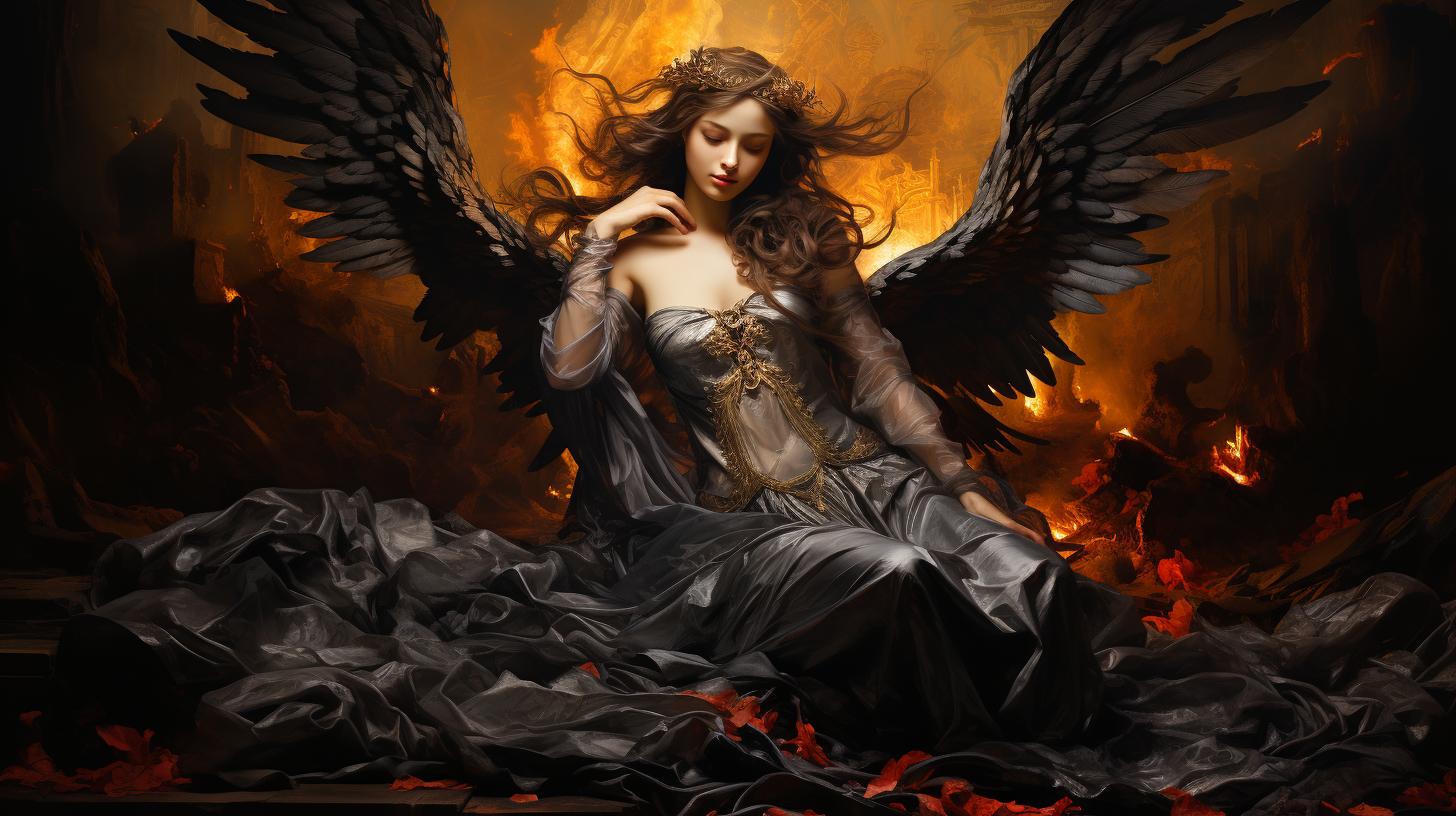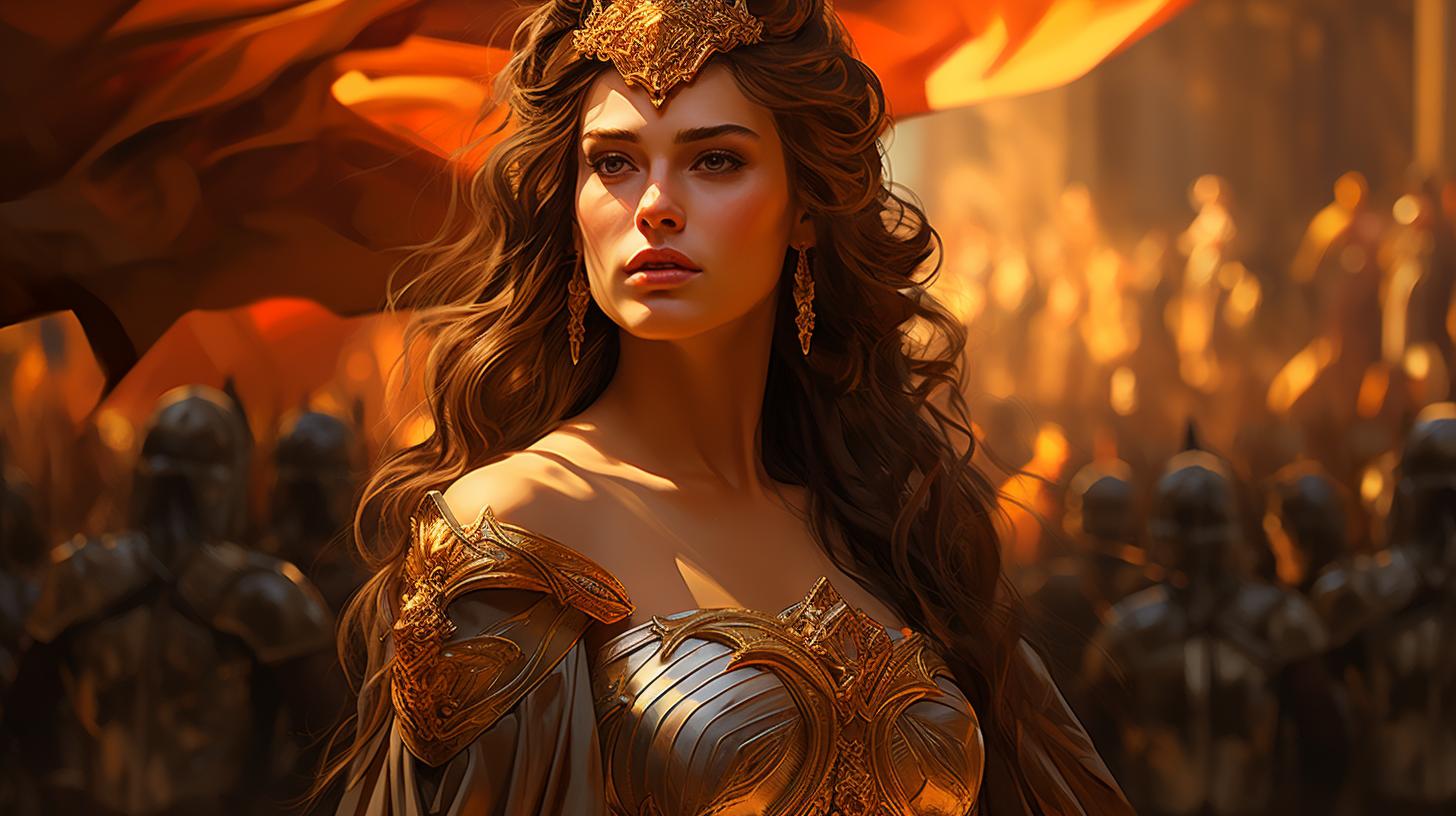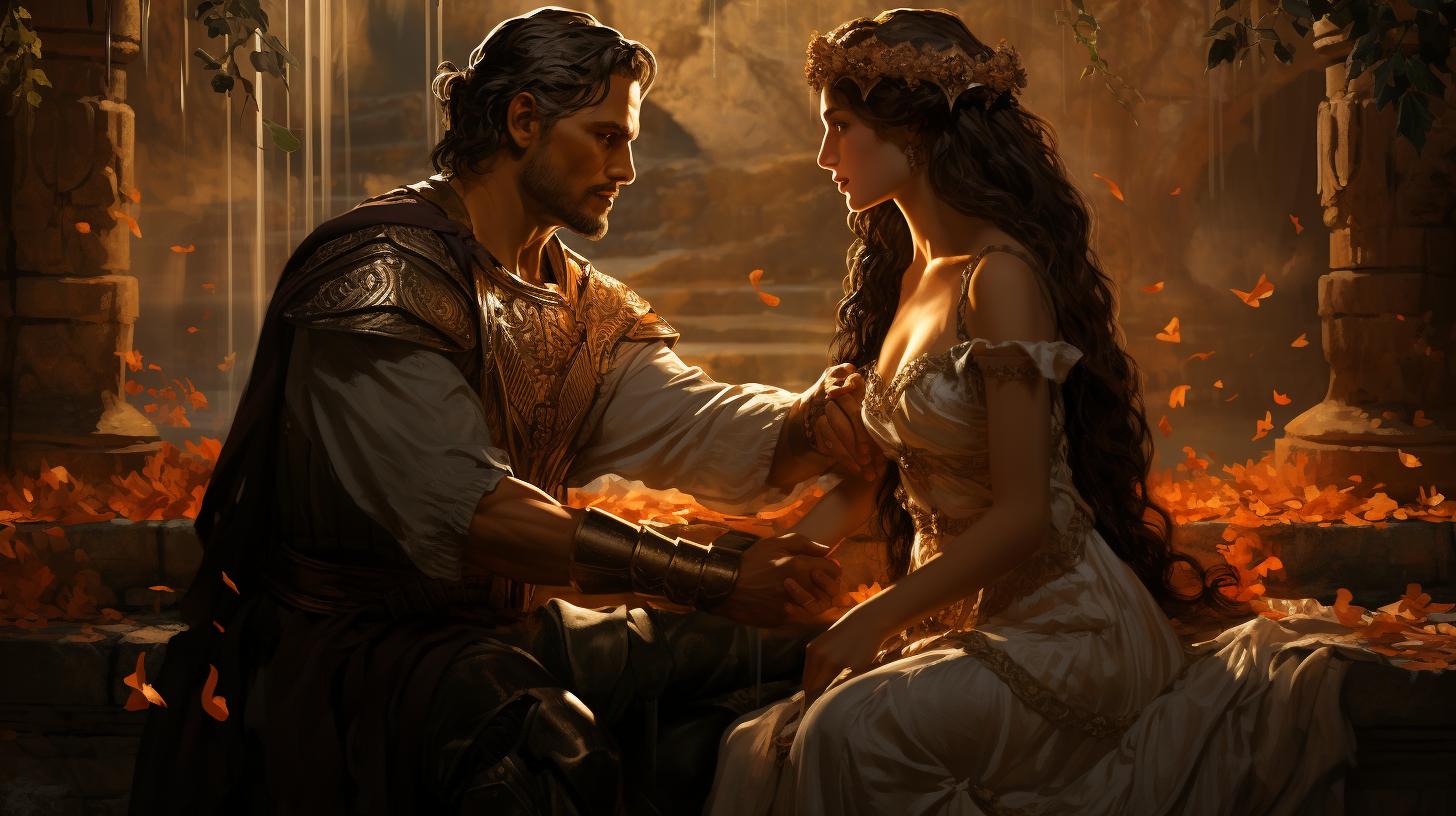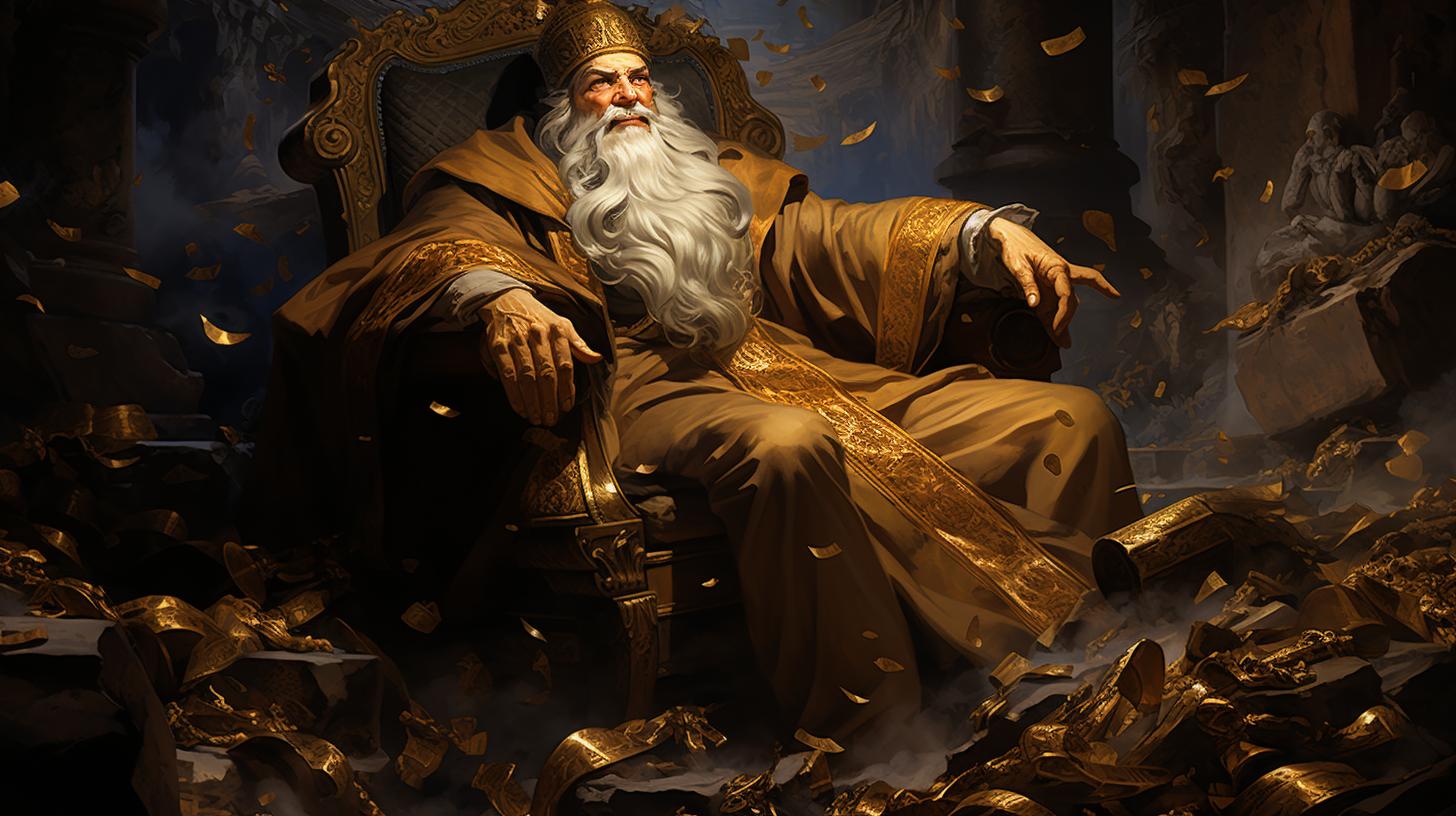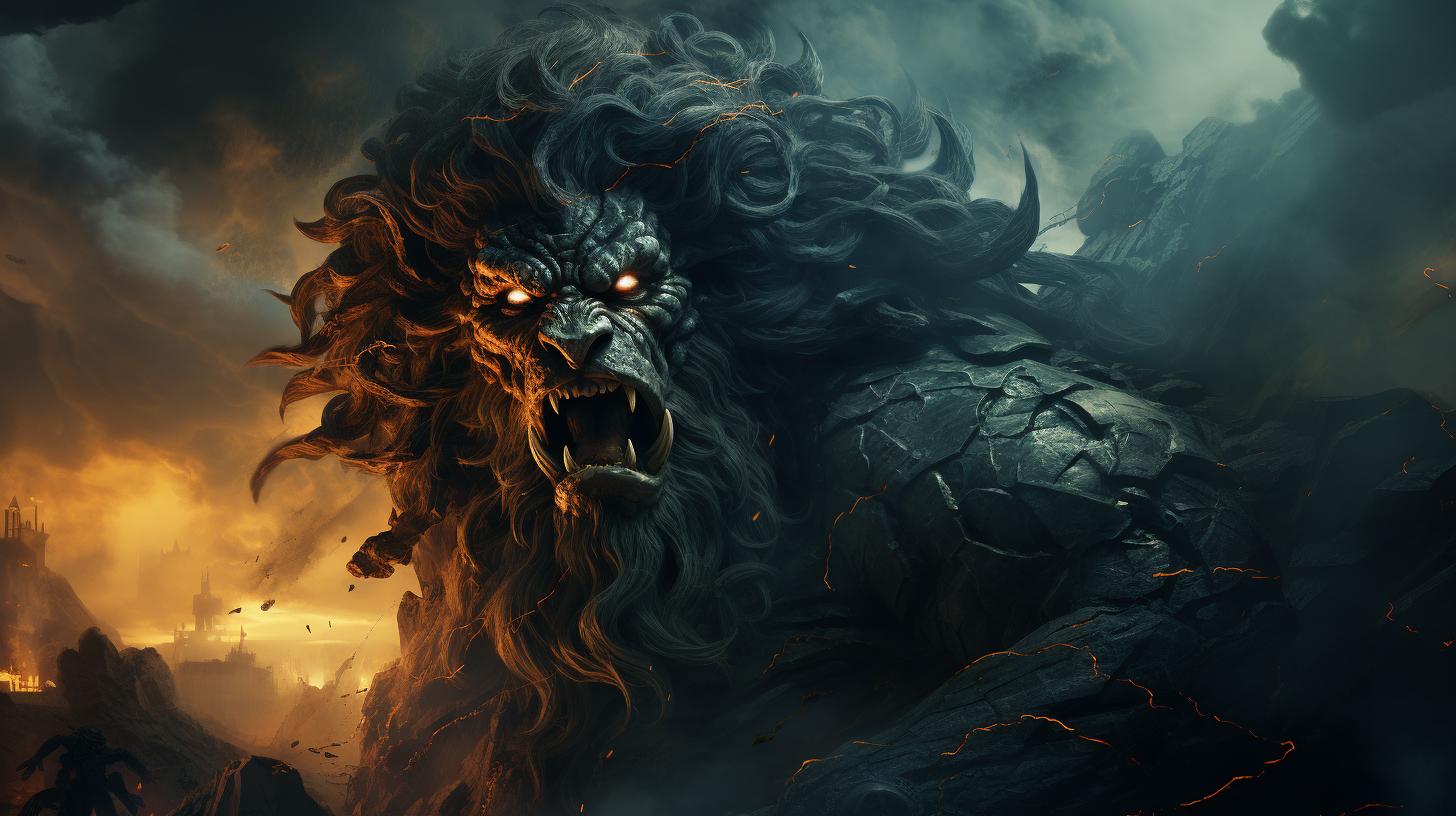Greek God Phosphorus: The Illuminating Power of Venus at Dawn

Greek god Phosphorus, associated with the planet Venus as the Morning Star, holds a significant role in Greek mythology. As the bearer of dawn, Phosphorus illuminates the sky just before sunrise.
With diverse interpretations of parentage, such as Eos or Atlas, Phosphorus is intertwined with other deities like Hesperus, the Evening Star. The divine offspring of Phosphorus, including the transformed hero Dédalo and the tragic tale of Ceyx, add depth to the mythology.
Phosphorus also fathered the Hesperides, nymphs of the evening light. Explore the symbolism and cultural significance of Phosphorus in Greek art, literature, and modern interpretations.
The Mythology of Greek God Phosphorus
In Greek mythology, the god Phosphorus holds a significant place, associated with various aspects such as origins, parentage, associations with Venus, and his role in light and dawn.
Let’s delve into these fascinating elements that shape the mythology surrounding this celestial deity.
Origins and Parentage
The origins and parentage of Phosphorus have multiple interpretations. Some believe he is the son of Eos, the goddess of dawn, and Aatraeus, the god of sunset. However, other versions mention Cephalus, an Athenian, or Atlas, the Titan condemned to hold up the sky, as his father.
Associations with Venus
Phosphorus is primarily associated with the planet Venus, especially when it appears as the Morning Star. This association symbolizes his role in illuminating the sky just before sunrise. In Greek mythology, Venus is known as the Morning Star when visible in the early hours of the day and as the Evening Star when seen just after sunset.
Role in Light and Dawn
Phosphorus plays a crucial role in the domain of light and dawn. As the bringer of dawn, he illuminates the world and heralds the arrival of a new day. His name itself signifies his function of lighting up the sky before daybreak.
This aspect of Phosphorus signifies the importance of light and the transition from darkness to light.
Understanding the origins, associations, and role of Phosphorus in Greek mythology provides a deeper insight into the significance of this captivating deity and his connection with the celestial and natural realm.
Hesperus: The Evening Star
The Greek god Phosphorus is intricately connected to Hesperus, the Evening Star. Let’s delve into the enigmatic relationship between these celestial figures and explore the mysteries surrounding Hesperus.
Hesperus and Phosphorus: Are They the Same?
Many wonder if Hesperus and Phosphorus are simply different names for the same divine entity.
According to Greek mythology, they both represent Venus but have distinct associations with different times of day. Hesperus is referred to as the Evening Star when it emerges right after sunset, while Phosphorus shines as the Morning Star before dawn breaks.
This duality has sparked debates among scholars, with some arguing that Hesperus and Phosphorus are indeed two separate entities, while others propose that they are, in fact, interchangeable manifestations of Venus.
Exploring the Mysteries of Hesperus
Hesperus, as the Evening Star, holds its own significance in Greek mythology.
This celestial embodiment of Venus captivates us with its mesmerizing glow during twilight hours, symbolizing the end of the day and the tranquil transition into the night.
Legends and poems have often celebrated Hesperus as a source of inspiration, representing beauty, calmness, and serenity.
Its presence in the heavens has evoked awe and wonder throughout history, captivating the imaginations of poets and artists alike.
- Hesperus, the Evening Star, is associated with tranquility and beauty.
- It marks the end of the day and the onset of evening.
- In Greek mythology, Hesperus is deeply intertwined with the surrounding natural world and the mysteries of twilight.
- Its divine radiance has inspired countless works of art and literature.
As we explore the mysteries surrounding Hesperus, we uncover a celestial entity that exudes grace, tranquility, and delicate beauty, leaving us captivated by its enchanting presence in the evening sky.
Phosphorus: The Morning Star
Phosphorus, also known as the Morning Star, holds a significant role in Greek mythology as the bearer of dawn and the illuminator of the sky. This section delves into the unified entity of Phosphorus and Hesperus, exploring their intertwining symbolism and connections as celestial bodies representing different times of the day.
Phosphorus and Hesperus: A Unified Entity
Phosphorus and Hesperus, despite being referred to as separate entities, are actually one and the same. The distinction lies in their association with the Morning Star and the Evening Star, respectively, based on Venus’s position in the sky.
Though perceived as distinct personalities, they represent different phases of the same celestial object, Venus.
Both Phosphorus and Hesperus symbolize the beauty and radiance of Venus as it appears in the sky during different times of the day.
The unity of their essence emphasizes the duality of Venus, captivating observers both at dawn and after sunset.
Significance of Phosphorus as the Morning Star
As the Morning Star, Phosphorus heralds the arrival of a new day, enlightening the heavens just before sunrise. This divine role associates Phosphorus with the concepts of light, renewal, and the transition between darkness and illumination.
The symbolism of Phosphorus as the Morning Star goes beyond its celestial representation. Phosphorus embodies hope, optimism, and the anticipation of a fresh beginning. It serves as a reminder of the cyclic nature of life, with each new day bringing the opportunity to start anew, leaving behind the shadows of the night and embracing the forthcoming possibilities.
The Morning Star’s radiance also holds cultural significance, inspiring artists, poets, and philosophers throughout history. Its brilliance and transformative power encapsulate the essence of creation, inspiring awe and wonder in those who witness its presence in the sky.
Furthermore, the Morning Star’s association with Venus enhances its symbolic significance. Venus, as the goddess of love and beauty, infuses Phosphorus with a sense of enchantment and allure, elevating its role as a celestial beacon of hope and illumination.
In conclusion, Phosphorus, known as the Morning Star, embodies the beauty and significance of the dawn, symbolizing the transition from darkness to light. It is intrinsically connected to Hesperus, representing the Evening Star, as their unified entity encompasses the entire celestial journey of Venus. The Morning Star’s symbolism encompasses hope, renewal, and the cyclic nature of life, inspiring awe and appreciation for the new beginnings that each day brings.
Phosphorus and its Divine Offspring
The Greek god Phosphorus, also known as the Morning Star, is not only associated with Venus and the dawn but also has divine offspring that add richness to his mythology.
Dédalo: The Transformed Hero
One of Phosphorus’ notable children is Dédalo, a valiant warrior whose story is intertwined with Apollo’s intervention to save his life. According to legend, Dédalo was transformed into a hawk, symbolizing both his bravery and sorrow.
This transformation bestowed upon him the strength and inclination to hunt other birds, becoming a predator in the skies.
The Tragic Tale of Ceyx and the Kingfisher Transformation
Ceyx, the king of Thessaly, is another child of Phosphorus, whose fate took a tragic turn. Ceyx and his beloved wife met their demise at sea, at the hands of Zeus. However, their deaths resulted in a poignant transformation into kingfisher birds, symbolizing their eternal love and connection even in the afterlife.
The Hesperides: Nymphs of the Evening Light
Phosphorus is also the father of the Hesperides, nymphs associated with the evening light and sunsets. These feminine nature deities resided in a garden located in the western corner of the world and were entrusted with its care.
Their presence exemplifies the importance of light and the beauty of twilight in Greek mythology.
The Symbolism and Cultural Significance of Phosphorus
In Greek mythology, Phosphorus holds deep symbolism and cultural significance. This section explores the representation of Phosphorus in Greek art, literature, as well as its modern interpretations and references.
Phosphorus in Greek Art and Literature
The Greek god Phosphorus has been a prominent subject in various artistic and literary works.
In ancient Greek art, Phosphorus is often depicted as a celestial being, holding a torch or a radiant orb symbolizing the morning light. These artistic representations highlight the significance of Phosphorus as the illuminator of dawn and its role in guiding the world from darkness to light.
Moreover, Phosphorus is a recurrent theme in Greek literature, particularly in epic poems and plays. The works of poets like Hesiod and Homer mention Phosphorus in their descriptions of the celestial realm and the gods’ influence on mortal affairs.
His portrayal in these texts further emphasizes his association with the dawn and the transformative power of light.
Phosphorus in Modern References and Interpretations
The symbolism of Phosphorus has continued to resonate in modern times, inspiring numerous references and interpretations. In literature and contemporary art, Phosphorus often represents enlightenment, hope, and new beginnings. Writers and artists draw upon the ancient mythology of Phosphorus to explore themes of personal growth, transformation, and the search for inner light.
Furthermore, Phosphorus has found a place in popular culture, appearing in films, novels, and even in branding and advertising. The enduring fascination with Phosphorus reflects the universal human desire for renewal, illumination, and the pursuit of a brighter future.
As we continue to delve into the mythology and cultural significance of Phosphorus, we unravel the layers of symbolism that have shaped our understanding and appreciation of this celestial deity.
.














